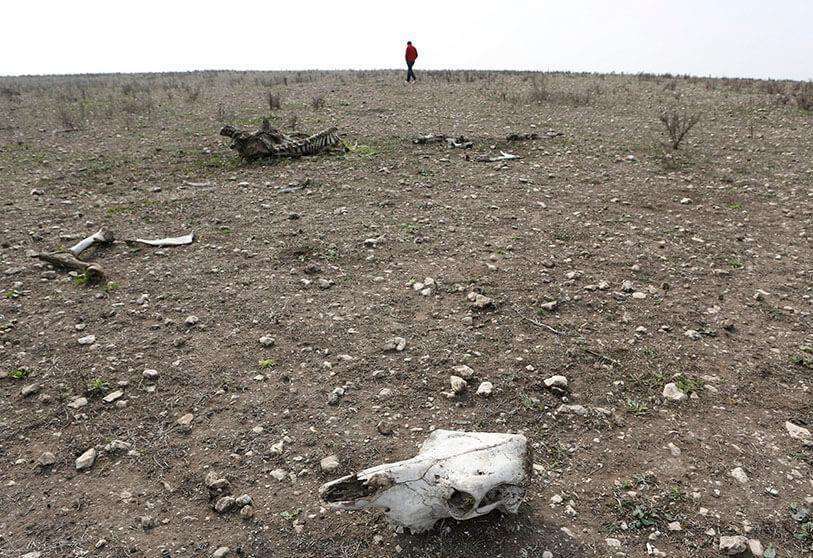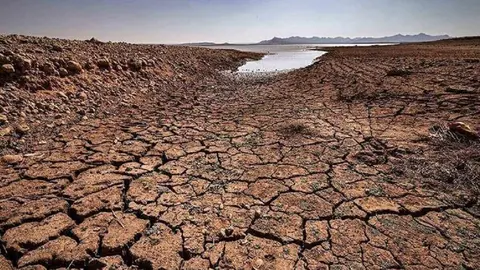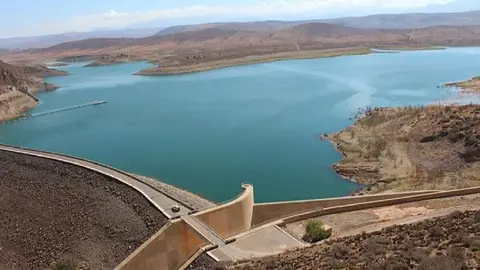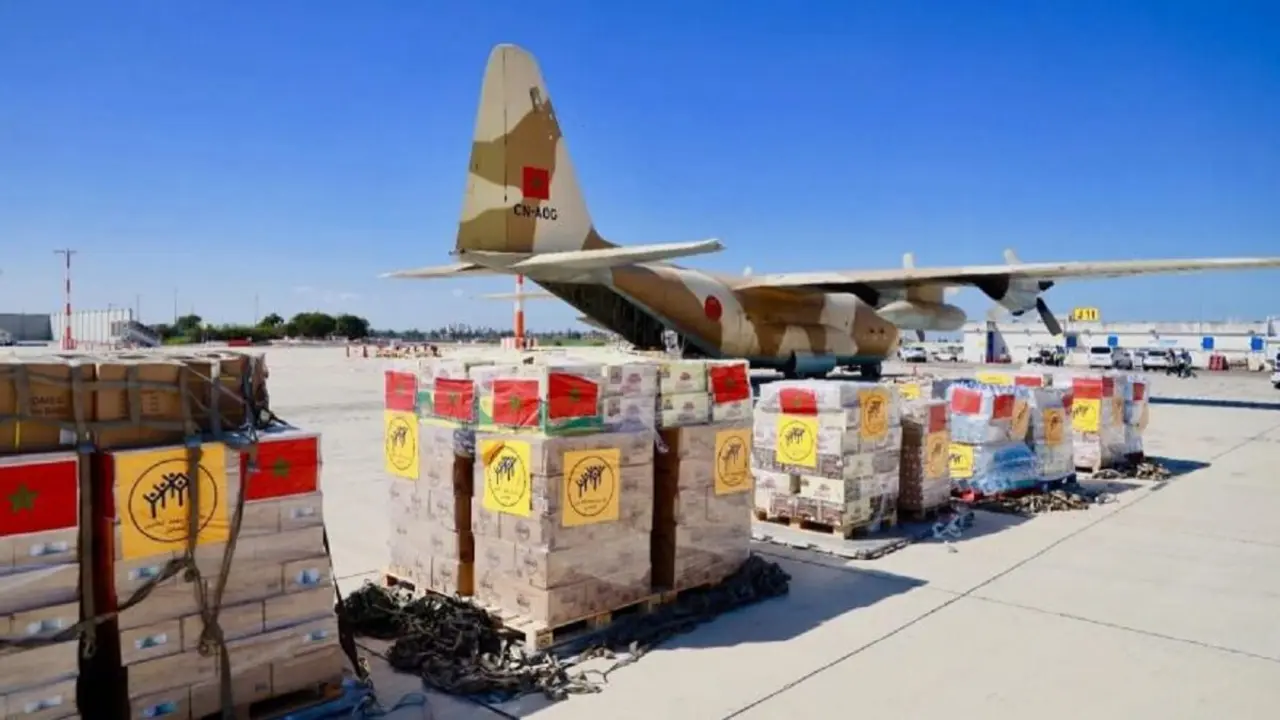Morocco is considering the seeding of artificial clouds

In light of the current drought, Morocco is considering using cloud seeding technology to produce artificial rain. The country has been trying to increase rainfall through the Al-Ghaith programme, a collaboration with the US Agency for International Development, since the 1980s.
- How cloud seeding works
- Cloud seeding or desalination?
- Is creating artificial rain a good way to combat climate change?
This method is mainly used in North African and Middle Eastern countries between November and April using sodium chloride and silver iodide with 22 operating rates. Figures presented by Minister of Supply and Water Nizar Baraka in parliament last November show that his ministry has invested 160 million dirhams (14.7 million euros) in the Al-Ghaith artificial cloud seeding programme from 2021 to 2023.

Minister Nizar Baraka said the country is facing the worst drought in its history, with a 67% drop in rainfall and a 66% drop in reservoirs over the past three months. Baraka explained at a press conference after the weekly Cabinet meeting that the national average rainfall during the last three months was 21 mm, 67% less than the annual average.
How cloud seeding works
Artificial clouds are a form of weather manipulation. Although they have been around for decades, these geoengineering methods have gained momentum in recent years. This includes increasing the use of artificial rain, which causes precipitation to fall from the sky.
The latest region to join the trend is China. The longest heat wave in decades and the depletion of water resources, including the Yangtze River, which has reached its lowest level in recent years, have led the Asian giant to propose such a solution.
According to the South China Morning Post, several meteorological bureaus in Hubei and Hunan provinces use cloud chasers, which launch rockets containing condensable substances such as silver iodide rods to spray clouds and produce rain. Through such a programme, Chinese authorities hope to cover 5.5 million square kilometres of artificial clouds, or about 60% of the country's land area, by 2030.
China provoca lluvia artificial en medio de la ola de calor más larga de su historia, En un video difundido este martes por South China Morning Post se explica que los especialistas están lanzando cohetes con químicos al cielo en un proceso conocido como 'siembra de nubes'. pic.twitter.com/UioGzpaUUD
— Ricardo Artigas (@RicardoArtigas9) August 23, 2022
It is not only China that has already experimented on numerous occasions; the United Arab Emirates, a country that in summer exceeds temperatures of 50 degrees Celsius with hardly any humidity, is another pioneer in the use of artificial clouds. The UAE uses aircraft loaded with silver iodide, salt or other chemicals to produce rain or snow.
Finally, clouds of tiny water molecules floating in the air settle when exposed to chemicals. However, these methods are less aggressive and effective than those using drones, electricity and next-generation technologies.
منطقة النصلة #رأس_الخيمة #المركز_الوطني_للأرصاد #أمطار_الخير #أصدقاء_المركز_الوطني_للأرصاد #حالة_الطقس #حالة_جوية #هواة_الطقس #جمعة_القايدي #عواصف_الشمال pic.twitter.com/ZmoveP4OA7
— المركز الوطني للأرصاد (@ncmuae) July 20, 2021
Cloud seeding or desalination?
Asked whether this technology could increase rainfall in Morocco and thus have a positive impact, especially on agricultural activities, experts downplayed its importance and effectiveness, explaining that "international experience has shown its shortcomings, so it is necessary to look for new technologies, including desalination and wastewater treatment".
"Experiences around the world show that artificial rain technologies are ineffective because they require huge budgets and specific climatic conditions," said water expert Abdul Rahim Hindouf. "The water problem in Morocco is related to policies for managing the use of available resources. Even if the rainfall report had existed in the 1960s, it would have been managed haphazardly. For example, rainwater spraying technologies remain redundant and inefficient," he added.

Is creating artificial rain a good way to combat climate change?
Although it seems attractive as a project, artificial cloud creation does not have much support among the scientific community and experts in sustainable development and climate. While it is a system used by many Gulf countries, such as Saudi Arabia and the United Arab Emirates, the environmental consequences of artificial clouds are becoming more and more widely accepted by experts. It is worth noting first that wastewater treatment indicators in countries where this technology is used are low.
"Morocco has seriously realised that desalination is the most effective solution because it is a technology mainly used in the Persian Gulf region," Mustafa al-Aissat.
Many cities do not use this technology because these resources end up in the sea. At this point, it would be better to clean it and distribute it to industrial workplaces that consume a lot of water. Mustafa al-Aissat, a climate and sustainable development expert, says that the process of artificial cloud seeding has been proven time and again to be useless and is not a solution that will help save people from thirst.
Morocco has also tried several times to introduce this technology, but to no avail. Aissat insists that Morocco's future lies in desalination.

Several countries relied on this technology before turning to seawater desalination, which is more efficient and realistic than the assumptions of artificial rainwater seeding. Another technology that has proven its effectiveness around the world is the technology that has recently been associated with "aqueducts", especially the technology used to connect the waters of the Sebou River to the Bouregreg, which has saved millions of residents over the past two months from suffering thirst problems.
Although technology is advancing by leaps and bounds, the best way to combat drought is the correct use of water and the correct use of scarce rainfall, storing water for when it is needed.










